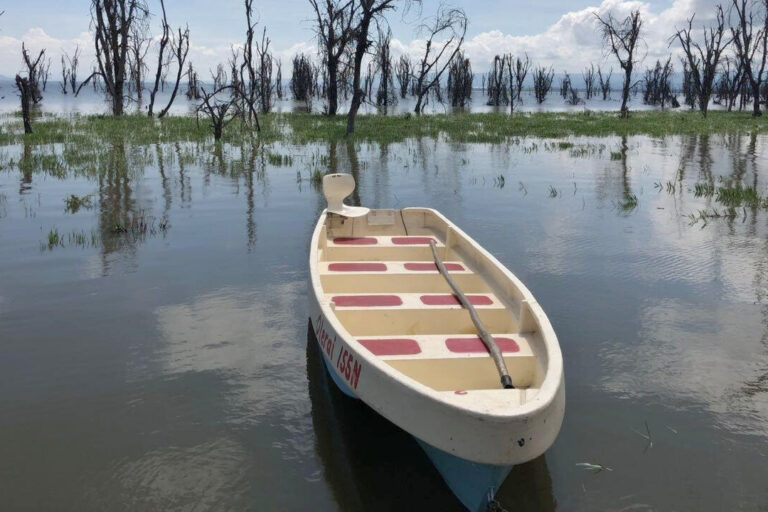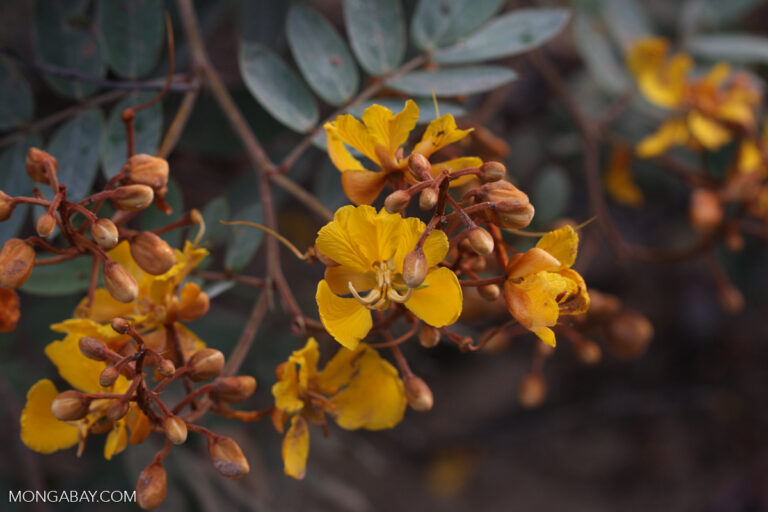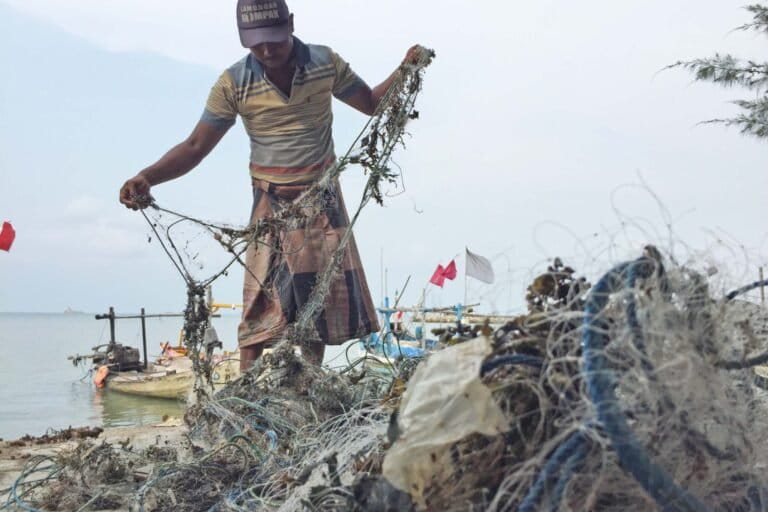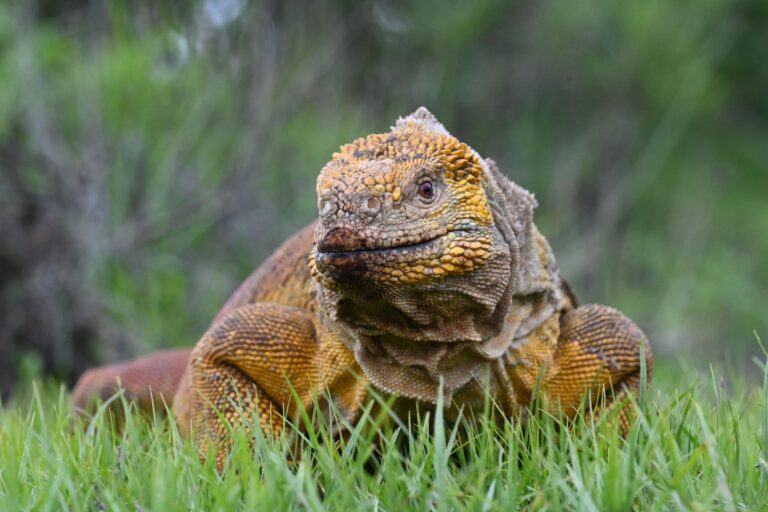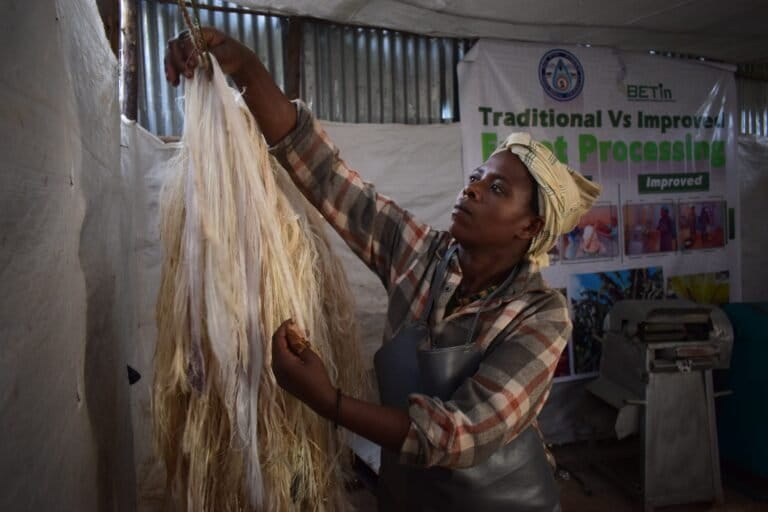- A recent study assessed the effectiveness of Malaysia’s decades-old sea turtle egg buyback scheme, which aims to prevent eggs from entering the illegal wildlife trade by purchasing them from licensed collectors and relocating them to hatcheries.
- Between 2016 and 2021, more than 71,000 green turtle eggs were purchased and relocated, resulting in high hatching (77.6%) and emergence (74.1%) success rates — highlighting the scheme’s biological effectiveness despite covering only a small fraction of total nests.
- The study flagged significant financial and logistical challenges, including rising costs, seasonal erosion, inconsistent cooperation from collectors, and limited capacity to purchase all available eggs, prompting concerns about long-term sustainability.
- With a statewide ban on turtle egg trade now in place, researchers and experts question whether the buyback model should continue, suggesting alternative strategies like nonextractive income opportunities and stronger enforcement against illegal trade.
On the moonlit beaches of Terengganu state, on Malaysia’s east coast, green sea turtles have been returning for generations to lay their eggs. For just as long, people have collected, sold and eaten the eggs as a delicacy, supporting coastal livelihoods but stressing turtle populations.
As a conservation compromise to balance livelihoods and turtle protection, the state’s Department of Fisheries (DoF) introduced a licensing system in 1951, auctioning rights to harvest eggs from designated beaches. In 1961, it added a buyback scheme, paying licensed collectors to hand over eggs for relocation to protected hatcheries.
With limited resources, the DoF partnered with NGOs like Marine Conservation and Research Organisation Malaysia (PULIHARA), which has run buyback efforts since 2016. While the scheme helped divert eggs from markets, it also faced financial and logistical challenges — especially until 2022, when Terengganu expanded its leatherback turtle (Dermochelys coriacea) egg ban to cover all species, ending legal egg sales altogether.
Now, a study published in Ocean & Coastal Management in May 2025 offers the clearest picture yet of the buyback model’s conservation impact — and its limits — in this new legal landscape.
“We wanted to better understand the conservation impact of our efforts … and whether such a model could remain viable in the long term,” said lead author Seh Ling Long, who conducted the study while at PULIHARA and now works as a senior program officer at wildlife trade watchdog TRAFFIC.
During the five-year study period, from 2016 to 2021, PULIHARA bought more than 71,000 green turtle (Chelonia mydas) eggs from 700 nests and relocated them to protected hatcheries. The outcomes were promising: hatching and emergence success averaged 77.6% and 74.1%, respectively.
Eggs collected and relocated by PULIHARA staff consistently outperformed those collected by licensed egg harvesters and later sold to conservation groups — highlighting the value of proper handling and shorter relocation distances. The study didn’t compare results with eggs left to hatch naturally, as none were left in place. “Eggs left in situ would likely have been poached,” Long said, “so we were unable to compare hatching success between in-situ and ex-situ incubation at our sites.”

In the U.S., natural nests in Florida have been found to have hatching success rates of 75–95%, compared to 68–88% for relocated ones. In Australia, monitored green turtle nests showed success rates of around 70%.
Yet the scheme’s reach was limited: the eggs purchased represented just 2.1% of all eggs laid annually in Terengganu over the study period, and protecting them cost more than 275,000 ringgit (about $65,000). “Even with growing financial support each year, we were still unable to purchase all available eggs,” Long told Mongabay. “This highlighted the need to evaluate the effectiveness and limits of the scheme.”
Some researchers, like marine biologist Nathan Robinson, a postdoctoral fellow at Spain’s Institute of Marine Sciences, who wasn’t involved in the study, say the approach is inherently flawed and question its long-term sustainability.
“From my perspective, it seems somewhat inefficient (and potentially counterproductive) to pay people to collect sea turtle eggs so that these eggs can then be buried again,” Robinson told Mongabay by email. “For this reason, I’m surprised the authors suggest the scheme could reach its full potential if conservation entities had sufficient funding and licensed egg collectors were motivated to sell all their collected eggs.”
A costly mission
Scaling up has come with growing pains. As egg purchases increased, PULIHARA has had to expand hatchery capacity and establish a second site. Beach erosion during monsoon seasons forced hatcheries further inland, while bigger field teams meant higher costs for housing, transport and logistics.
“Fuel, construction materials, wages — everything added up,” Long said. One of the thorniest issues, she added, was maintaining cooperation with licensed egg collectors, whose willingness to sell varied depending on season and price.
“While some accepted MYR 3 [0.71 U.S. cents] per egg, others asked for MYR 4 [94 cents],” Long said. “Since collectors could previously sell turtle eggs for consumption, we had to offer competitive prices while staying within budget.”
The DoF helped facilitate these relationships by organizing meetings between NGOs and collectors. Despite the challenges, the study found that many collectors handled eggs with care, avoiding old or spoiled clutches and preserving viability during transport.
“This indicates that the collectors took care to handle the eggs properly,” Long said, “helping to maintain their viability.”
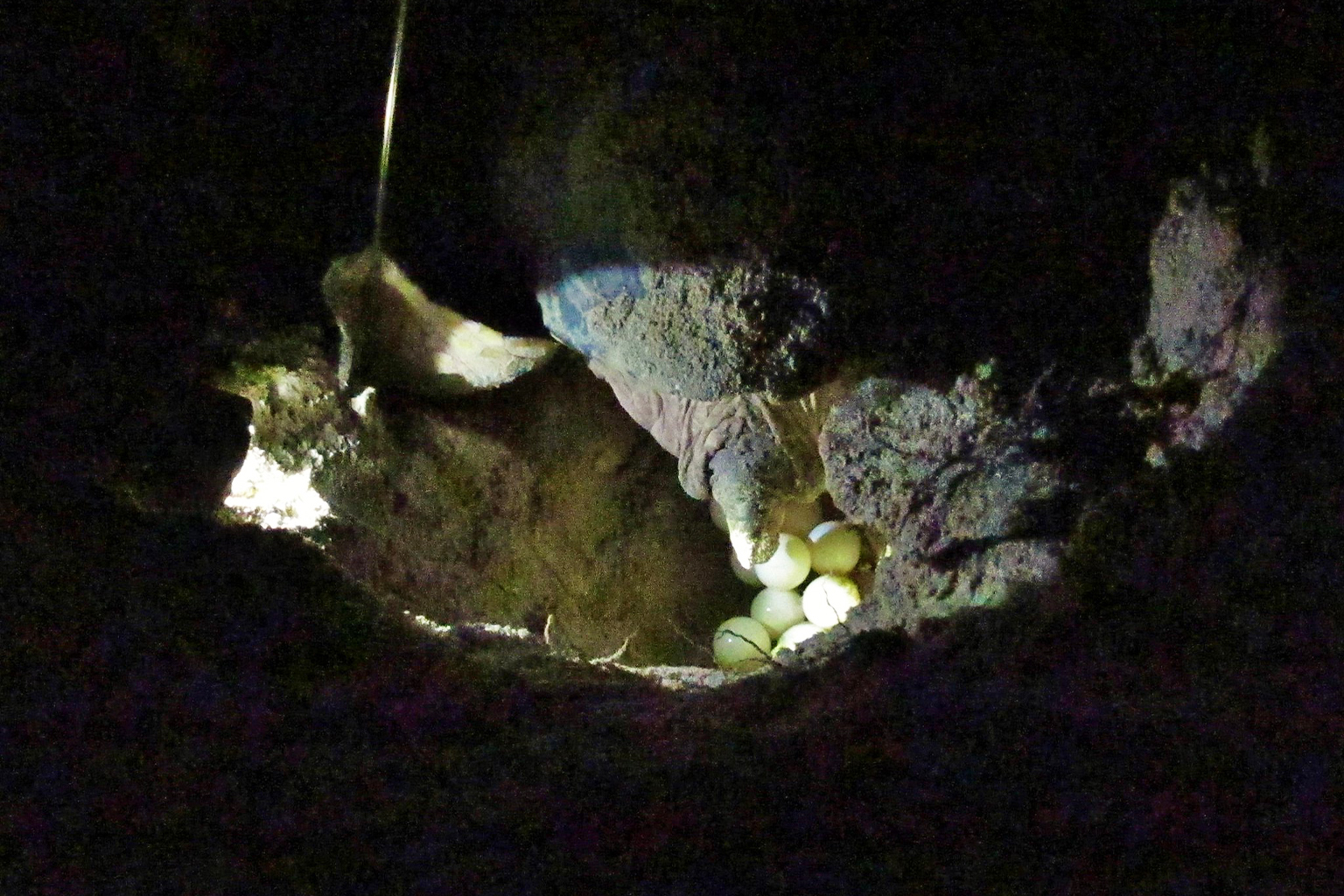
The ban changes the game
The 2022 ban on all turtle egg sales, long sought by conservationists, has created uncertainty for the buyback model. The model remains in place as egg collectors transition to new livelihoods, helping them retain some income while enabling conservation groups to protect more eggs. But with collectors now reliant solely on conservation purchases, the pressure on these groups to secure enough funding has grown.
“Since the ban, the purchase price dropped from MYR 3 to MYR 1.50 [71 to 35 cents], and PULIHARA has received fewer clutches,” Long said.
Licensed collectors now report lower nesting activity, though it’s unclear whether this is due to real biological decline, loss of incentive, or underreporting.
“There are reports of illegal turtle egg sales despite the trade prohibition,” Long said. “It remains unclear how many eggs are slipping through the cracks and ending up on the black market.”
She called for further investigation into whether eggs from licensed beaches — areas where collectors are granted exclusive rights under the Turtles Enactment of 1951 — are being diverted illegally, and what social or economic forces are driving this.
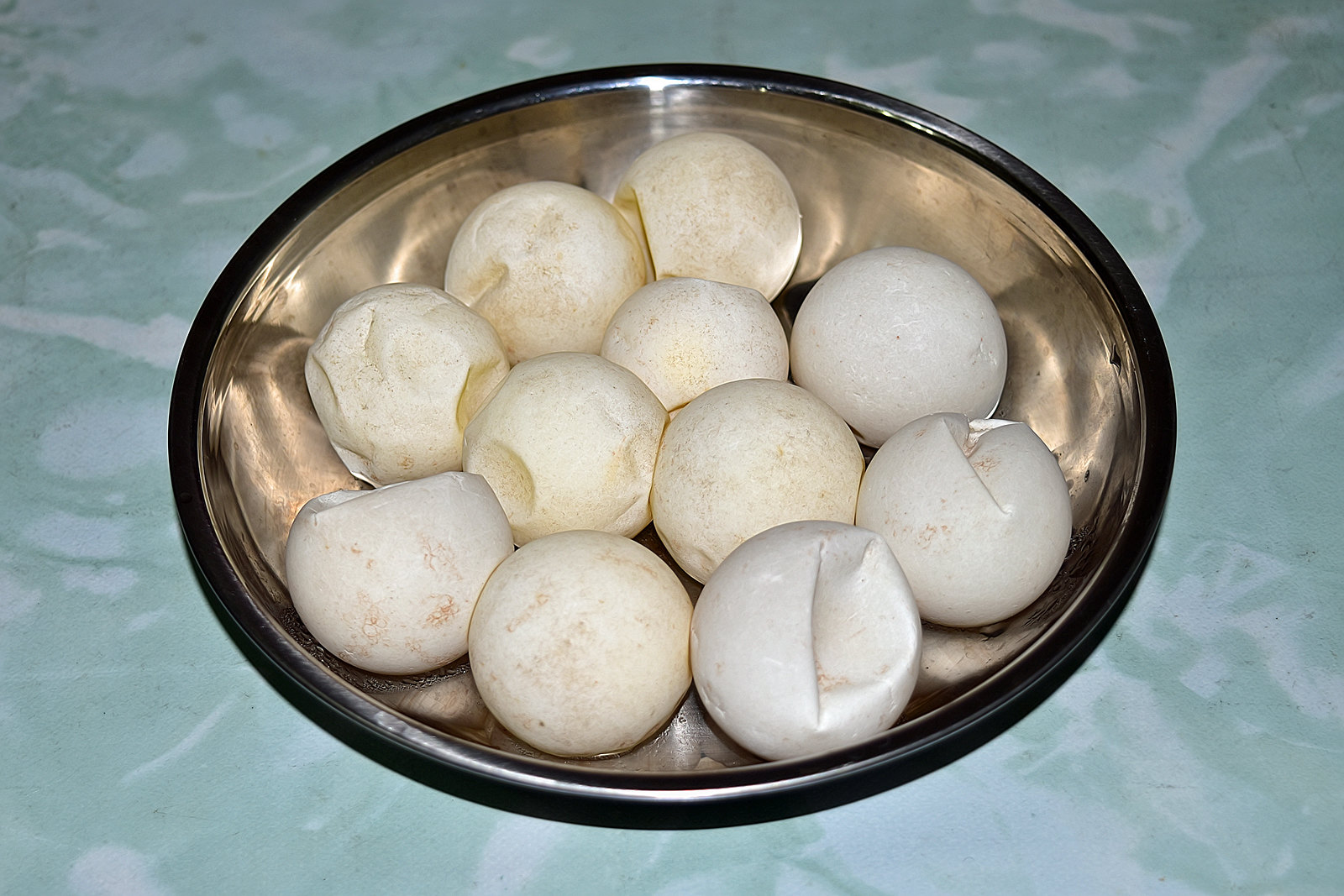
Room for rethinking
While the study points to short-term benefits, some argue it’s time to move on from the buyback scheme entirely.
Robinson pointed that the paper compared hatching success between buyback eggs and those relocated by conservationists. “However, the article never tackles the broader question of whether buy-back methods are the best solution to address over-harvesting of sea turtle eggs,” he said.
Robinson said he wasn’t surprised by the high hatching success rates, noting that sea turtle eggs can be safely moved within 12 hours of laying. What concerned him more was the scheme’s structure.
“A more practical solution would be to come up with incentives for people to not collect the eggs” in the first place, he said.
Robinson suggested that funds used for buybacks could be redirected to employ egg harvesters as beach monitors who protect nests and collect scientific data, or to support alternative livelihoods such as ecotourism.
“Thus, I would like for future research to tackle the ethics behind the buy-back scheme,” Robinson added.
Long, however, said she still sees value in the buyback tool as a key to ease the transition away from the turtle egg trade. “While conservationists do advocate for the eventual phasing out of the licensing and buy-back systems, it is important to recognise the on-the-ground realities without overlooking the practical challenges faced by implementing agencies,” she said. “It’s not just a matter of stopping the practice — it requires viable, well-resourced alternatives.”
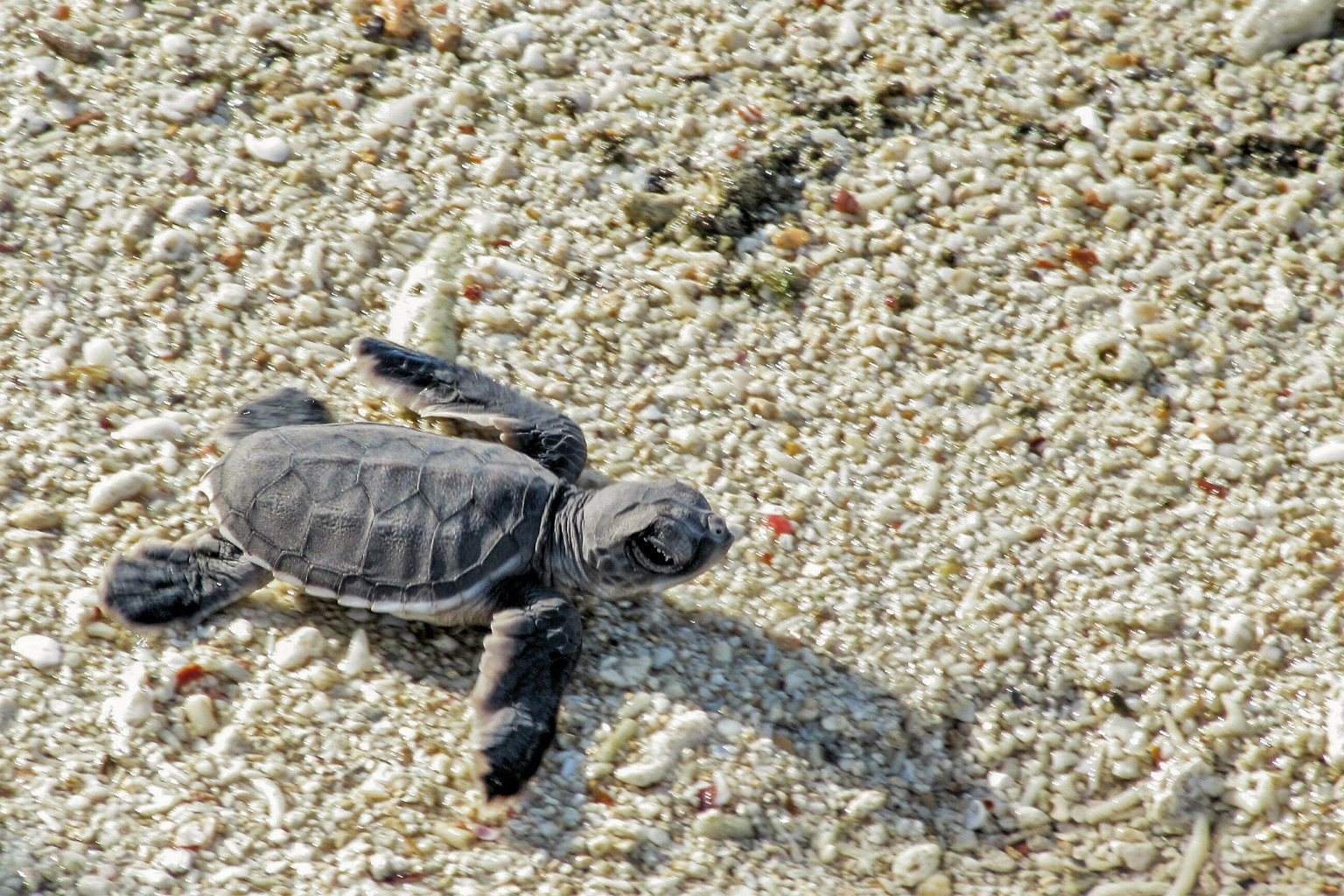
In the meantime, she advocates for volunteer opportunities, such as night patrols and hatchling releases, to help foster a deeper connection with the species.
She said she hopes these efforts will spark a deeper cultural shift — one that sees turtles not as commodities, but as vital parts of Malaysia’s coastal ecosystems.
“Witnessing the slow and vulnerable journey of sea turtles often sparks a sense of care and responsibility,” Long said. “Through such experiences, we hope to inspire lasting awareness and behavioural change in support of turtle conservation.”
Banner image: A leatherback turtle (Dermochelys coriacea). Image by Emilie Ledwidge / Ocean Image Bank.
Concerns of illegal sea turtle trade persist in Bali as police foil smugglers
Citation:
Long, S. L., Chellaiah, D., Zaaba, N. A., Gan, J. Y., Shamsul Azmil, N. I., & Abdul Rahman, R. (2025). Does the egg buy-back scheme work as a conservation tool? A case study for green turtle (Chelonia mydas) egg protection in Terengganu, Malaysia. Ocean & Coastal Management, 268, 107731. doi:10.1016/j.ocecoaman.2025.107731








